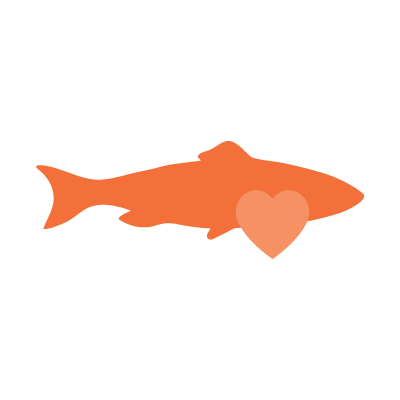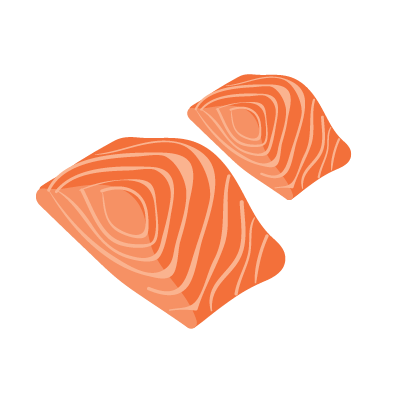Feed
We are committed to growing healthy and nutritious King salmon in a responsible way. Feed is specially formulated by nutritionists to provide enough energy for our salmon to thrive whilst also supplying all the essential nutrients for healthy growth.
Feed decision factors
Feeding salmon is one of the most important operations on our farms, with the main objective being to match the nutritional requirements of our unique species, whilst achieving maximum growth.
Fish health & welfare
King salmon require a unique diet
Environmental impact
Sustainable sources, minimal waste and seabed impact
Cost & availability of raw materials
Feed accounts for over half of our overall fish production
Safe and wholesome
We work closely with our feed suppliers and independent scientists to ensure a balanced diet, we know exactly what goes into each recipe which means that when you purchase our King salmon, you can be confident it has consumed a safe and nutritious diet.
What do we feed our salmon?
The formulation of our feed changes to meet the dietary requirements of our King salmon throughout their lifecycle.
*Visual representation only, not proportional.
What we leave out
Equally as important as what is in our feed, is what we leave out. Our feed does not contain ingredients of genetically modified origins, growth hormones or growth promoters.
The important role of astaxanthin

Astaxanthin is a powerful antioxidant and micro-nutrient that forms a vital part of our King salmon’s diet. It is required for egg and fry development and overall fish health.

Astaxanthin is a carotenoid that is stored in salmon muscle tissue, resulting in the appealing and vibrant orange colour of our King salmon. Amazingly, a white fish like cod would not change colour if its diet contained astaxanthin.

Astaxanthin is so crucial for development that salmon pass it onto their eggs, this is what gives them their vibrant orange colour.
How we feed our salmon
Our teams are specially trained to observe and monitor our feeding process. Automatic feeders are used to dispense several meals each day – more often when salmon are smaller, and less often as they grow. Underwater cameras closely monitor appetite and activity during each feed, to ensure our salmon receive just the right amount while minimising waste.
